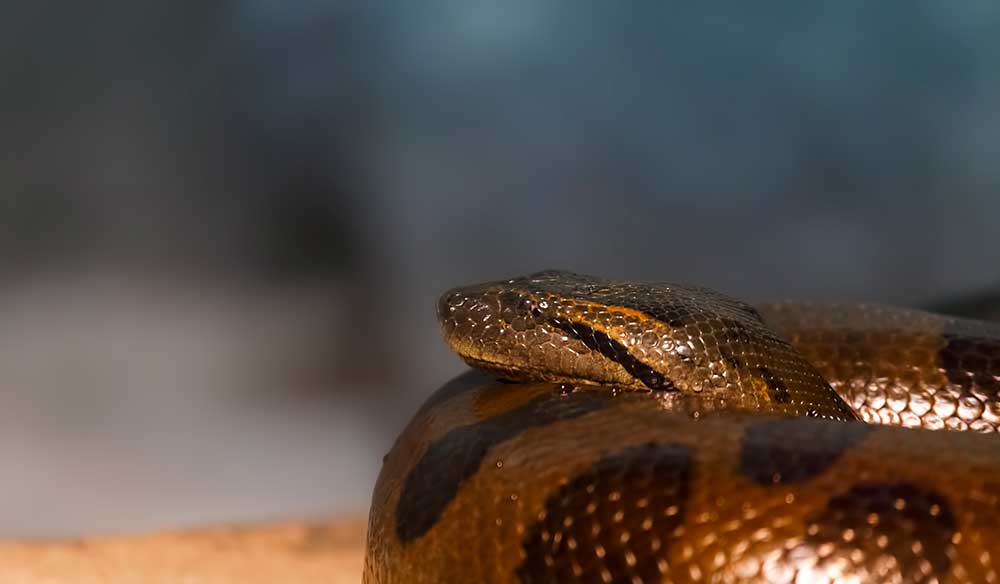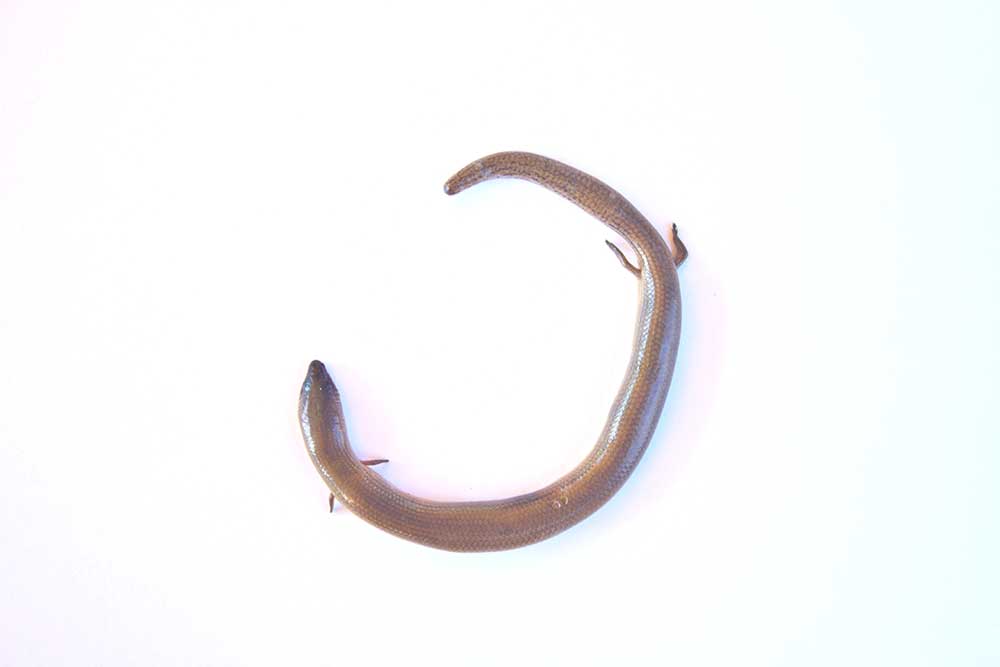29 September 2021
![]() 2 mins Read
2 mins Read

Forget the ubiquitous and highly nefarious Drop Bear. The dreaded Hoop Snake is the real scourge of the Australian outback.
The hoop snake began life as an American myth. Native to hilly or mountainous areas, when disturbed it’s said to form a rigid hoop by clasping tail in mouth and pursuing you silently and swiftly, using the slope to gain terrifying speed. Sightings in the US are still reported, with one naturalist offering $10,000 to the first confirmed evidence of a hoop snake. That money remains unclaimed.
Most online blogs or forums advising overseas visitors of the dangers of spiders and reptiles within Australia have at least one reference to hoop snakes and how best to evade attacks (usually something like “jump through the hoop to confuse it, then make your escape”). AT even discovered one lengthy exchange between a potential buyer and seller of a captive hoop snake. As the hapless purchaser drew nearer to making a decision, all kinds of advice from online onlookers poured in: be careful to build a big enclosure so it can hoop properly; make sure one end is higher than the other; perhaps use a small paddock on a hillside. Eventually the penny dropped and the sale aborted.

Three-toed skink.
In terms of the real thing, the nearest AT could find is the three-toed skink (Saiphos equalis) pictured above, a similar shot had been captured by Chris Rehberg who manages the excellent local action and conservation website www.wherelightmeetsdark.com.
Chris came across the rare skink in the southern Sydney suburb of Peakhurst (interestingly, among Chris’ stated missions in life is to “slowly but surely capture all Sydney skink species in photographs.”)
Has he stumbled upon the real life Aussie hoop snake? Or at least a possible source of the legend here on our shores? When frightened, this skink shows off its reddened underbelly by curling into a tight hoop, but there’s certainly never been evidence of the tiny creatures (they only measure a few centimetres in length) attacking in full hoop formation. So it would appear the outback remains safe.
For now.
This is a dangerous predator of the Australian continent, but you really need to avoid the Barking Spider.